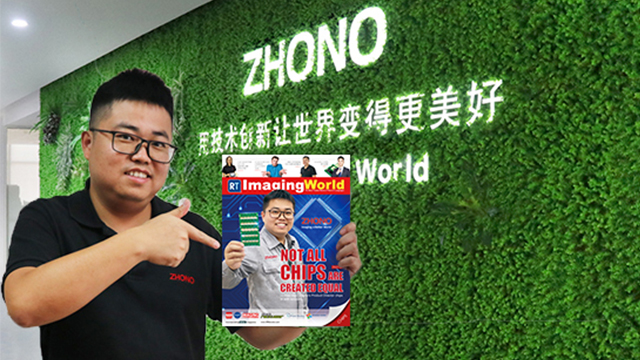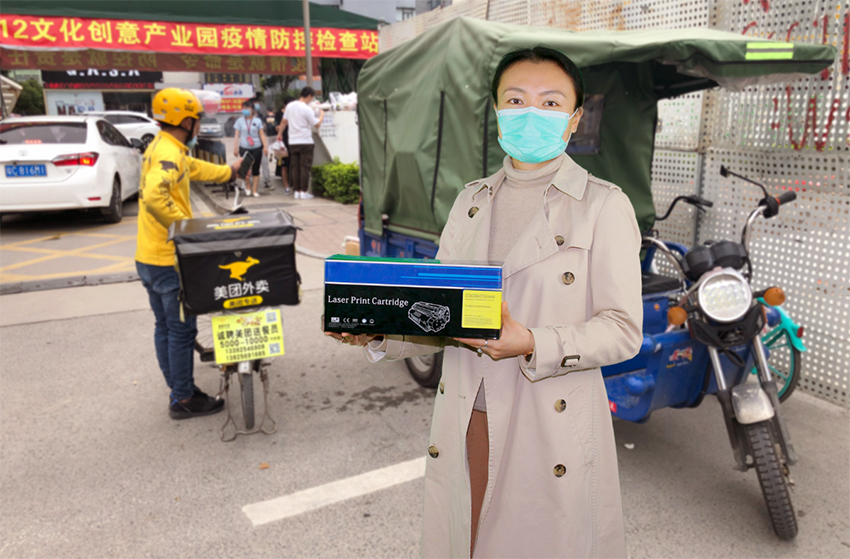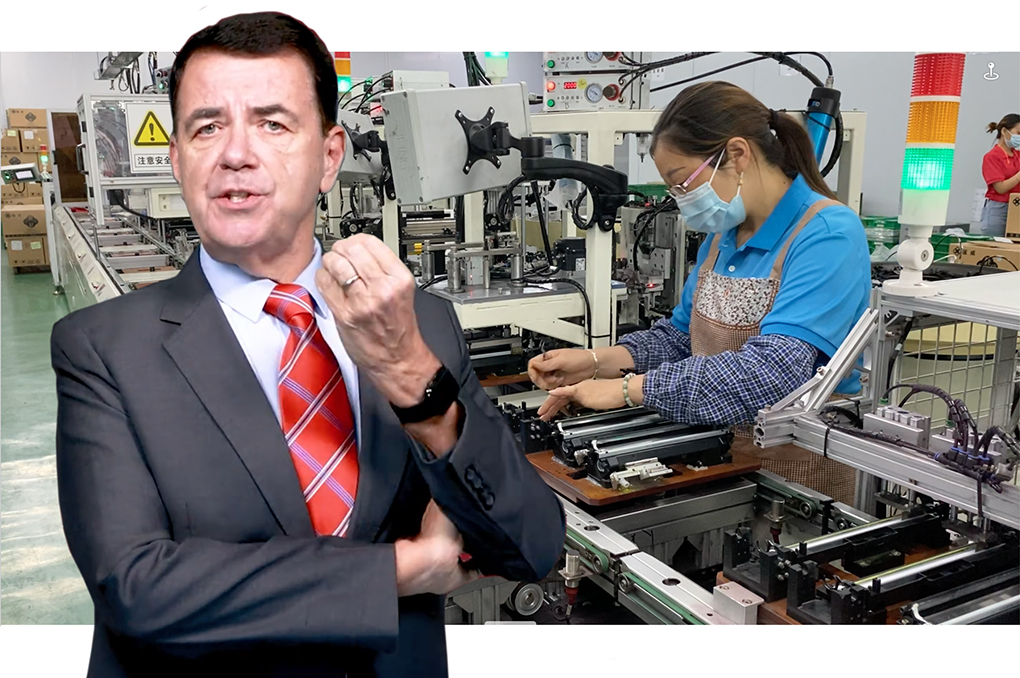5 QUESTIONS: Making Microchips IP Safe
5 QUESTIONS: Making Microchips IP Safe
—Zhono’s IP Director Fang Du (pictured) talks about the importance of patents
 1. What does it mean to be “IP-safe” when it comes to chips?
1. What does it mean to be “IP-safe” when it comes to chips?
Being “Chip IP-safe” has a direct impact on a company’s value and profit, as chips are one of the important components in a printer cartridge. Chip design requires strong self-development capability. Therefore, it is crucial for a company to reduce the risk of patent-infringing chip as much as possible. In pursuit of being “IP-safe” and to provide its customers with a sense of peace and security, Zhono not only studies the patent layout of the OEMs but also the patents of other aftermarket companies.
- Why is the market demanding IP-safe products such as chips?
To stabilize market share, OEMs take intellectual property as a weapon to block the availability of aftermarket consumables. OEMs create technical barriers in printers and limit the development of aftermarket consumables through intellectual property rights. If the aftermarket wants to satisfy customers’ needs with their products, and at the same time make profits, they definitely need to provide IP-safe products. Zhono believes that chipmakers should take the responsibility to get to know the limitations relating to intellectual property, by reducing or eliminating any patent-infringing risk with workaround solutions. In this way, the industry and distributors can run stable businesses.
- How is it that Zhono can provide IP-safe chips?
Intellectual property rights are not only the embodiment of technical strength, but also the “moat” of innovative technology. Through self-researched and self-developed chips, Zhono has been able to satisfy its customers’ demands and prevent any imitation or use of its technologies by third parties under the protection of intellectual property. IP-safe chips are Zhono’s core assets, which improve also provide Zhono’s competitiveness.
Relying on its strong R&D capacity, Zhono achieved technology innovation. Zhono has an experienced intellectual property team, which created a complete intellectual property layout. These laid the foundation for Zhono to provide IP-safe chips.
- What has Zhono achieved so far in IP protection?
To date, Zhono has successfully applied for more than 160 patents, covering several countries and regions. Meanwhile, the company has also carried out a patent layout for core technologies. Zhono won the Excellence Award in the “High-value Patent Cultivation Layout” competition in the Guangdong-Hong Kong-Macao Greater Bay Area, and it is also a Guangdong Province Intellectual Property Demonstration Enterprise and a National Intellectual Property Advantage Enterprise.
- What are the biggest challenges in developing IP-safe microchips?
The biggest challenges, from a technological point of view, are the OEM printer firmware updates that are becoming more and more frequent. Consequently, it has become increasingly more difficult to avoid patent-infringement with some technical limitations. Now that chips have become a global focus, we not only have to face the intellectual property blockade of OEMs, but also the potential risk of infringing IP as well. To deal with this, chipmakers—from within the cartridge aftermarket as well as other industries—have been advancing their technology development in recent years. Sometimes they need to turn to special technical testing methods to evaluate if their intellectual property rights are being violated or not. IP protection will continue to be a challenge in the future.
Related:
*This article, “Making Microchips IP Safe,” is also published on pages 11of RT ImagingWorld magazine which can be downloaded for free. 
- Not All Chips Are Created Equal
- Chip Resetter Copes with Annoying OEM Firmware Updates
- Zhono Offers Solutions for Error codes on Toshiba Copiers
- Zhono Releases Compatible Chips for Ricoh Printers
- Zhono Offers Solutions for Prompts on Ricoh IM C Copiers
- Zhono Releases Compatible Chips for FUJIFILM Printers











Leave a Comment
Want to join the discussion?Feel free to contribute!